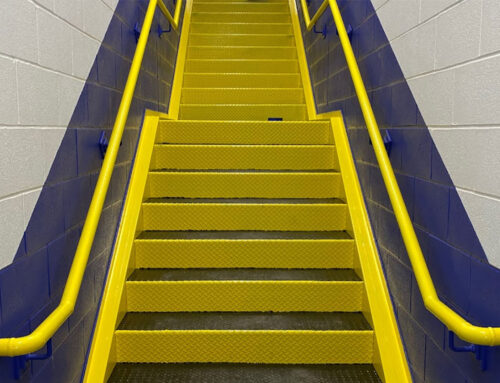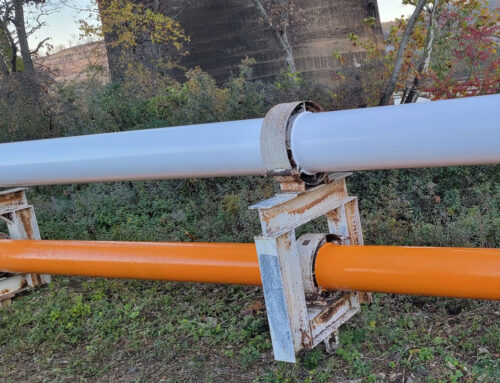Why is it important?
In order to build a sturdy structure, you first need a firm foundation. Similarly, proper surface preparation is the foundation for successful, durable painting or coating applications. Surface preparation has two goals: remove foreign contaminants and ready the surface to accept paint or a coating.
Remove Contaminants: Surface contaminants such as dirt, dust, grease, or oil will prevent adhesion.
Ready the Surface: A coating will adhere more effectively to a thoroughly cleaned surface.
The performance of any paint or coating depends upon following the correct parameters for surface preparation prior to coating. Even the most advanced coating system will fail if the surface preparation is not correctly performed. The exact standards and methods of surface preparation can be determined through instructions from the coating manufacturer.
Pre-blasting
Before any abrasive blasting can be performed, non-uniformities in the surface, such as sharp edges, welds, and corners, must be smoothed by grinding or milling. Once the surface is smoothed, contaminants and foreign matter can be removed through solvent or alkali cleaning.
Abrasive Blast Cleaning
The abrasive blast cleaning method sends abrasive particles at a high velocity onto a surface. Most commonly, compressed air is used to deliver abrasive particles. The impact of the particles on the surface removes hard scale deposits and oxides.
Preparing a Previously Coated Surface
No coating method is impervious to time and the natural elements. Eventually, all coated pipelines require maintenance to preserve the safety of the structure and for cosmetic purposes. The extent of maintenance all depends on the effectiveness of the remaining coating. An inspector should be able to investigate and assess the state of the coating and decide on how to proceed.
If a coating is still firmly adhered to the surface with no indication of breakdown, a maintenance coat over the existing coating may be sufficient. In order to prepare a surface for a maintenance coating, the existing coating should be thoroughly washed to remove foreign contaminants, and it should be lightly abraded to ensure good adhesion.
If there is a localized breakdown in the existing coating, then only this portion may be prepared, and the rest of the coating can be left unaltered. This is known as localized repainting.
Conclusion
Proper surface preparation ensures that pipelines have a long, productive life. Surface preparation contributes to the overall safety and efficiency of a pipeline. As in all jobs, surface preparation should adhere to safety standards and workers should wear protective clothing such as safety goggles, a mask, a long sleeve shirt, and long pants.
Ready to Get Started?
Have questions about your project or need a quote? We’ve got someone ready to help you.



